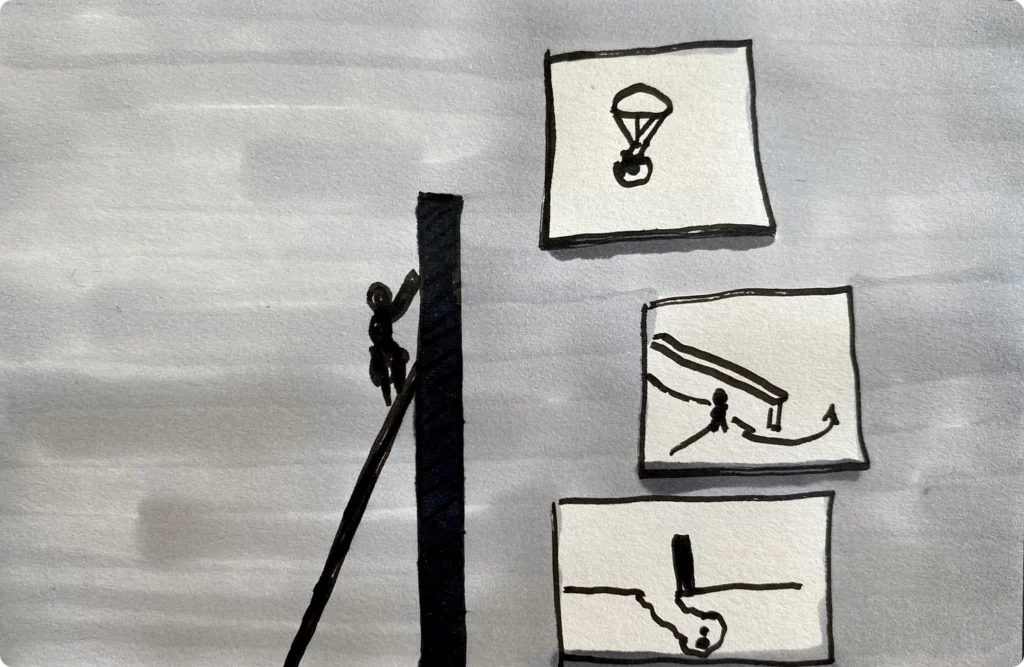Originally posted on Proof of Concept
In the 1960s, there was a kid growing up in the neighborhood of Setagaya in Tokyo. His father, a pharmacist, spent a lot of time away at work, which was common among Japanese men in Tokyo. The child would pass time waiting for his dad to get home by watching television, movies, and create figurines to play with. With an upbringing immersed in stories, media, and entertainment, it’s not a surprise he grew up aspiring film production as a career. It didn’t pan out as he expected. Instead, to his friends’ chagrin, the now-grown-up child went into video game development. In the 1980s, Nintendo was the hot craze, and games developers wanted to work there. The kid from Setagaya, known as Hideo Kojima, ended up at a different publisher…Konami.
Kojima’s first opportunity was working in the home computer gaming division, where he would be responsible for developing games for the computer architecture known as the MSX2. One of Kojima’s first projects was delegated to him by a senior developer; shipping an action game on the MSX2. Kojima was ecstatic; the opportunity to create an epic action game. He took the childhood inspiration of film and base the direction on the popular 80s action movie Rambo. There was a problem. The technical limitations of the MSX would result in an underwhelming action game experience.
The technical capability of game development was not what we know now. What seems like an infinite resource today, game developers had to consider graphical limitations and typically were built with sprites, two-dimensional bitmaps that would be added on a scene. This allowed game designers to create characters, maps, and other elements players would interact with created in pixels.
The capabilities of the MSX2 allowed a few character sprites at once, which is drastically different from the one-man army action narratives of a single hero taking on the opposing military. Kojima had to ship something, and he explored different pathways.
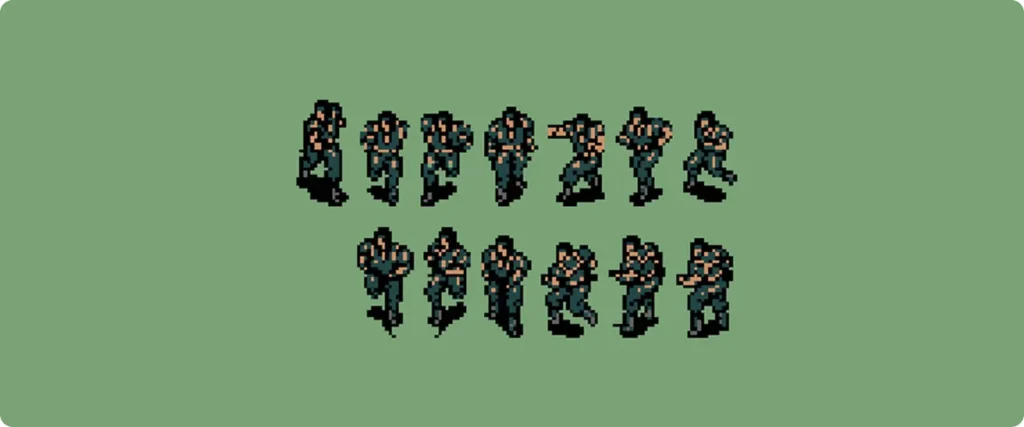
Kojima took another approach. Why not create a game based on escaping from enemies instead? It would require fewer sprites and would be achievable. He loved the movie The Great Escape, the popular film starring Steve McQueen. After another iteration, Kojima realized an action game based on running away the entire time would be boring. In the next iteration, Kojima decided to blend the two: a game that would have action but focused on stealth and infiltration, using the sprite constraints as a way to create tension in sneaking, avoiding getting caught.
The game starred a special forces operative named Snake. His mission is to infiltrate a fortified state known as Outer Heaven. It was believed that Outer Heaven stored a very dangerous weapon, a bipedal tank with the capability of launching nuclear missiles. This super weapon was called Metal Gear.
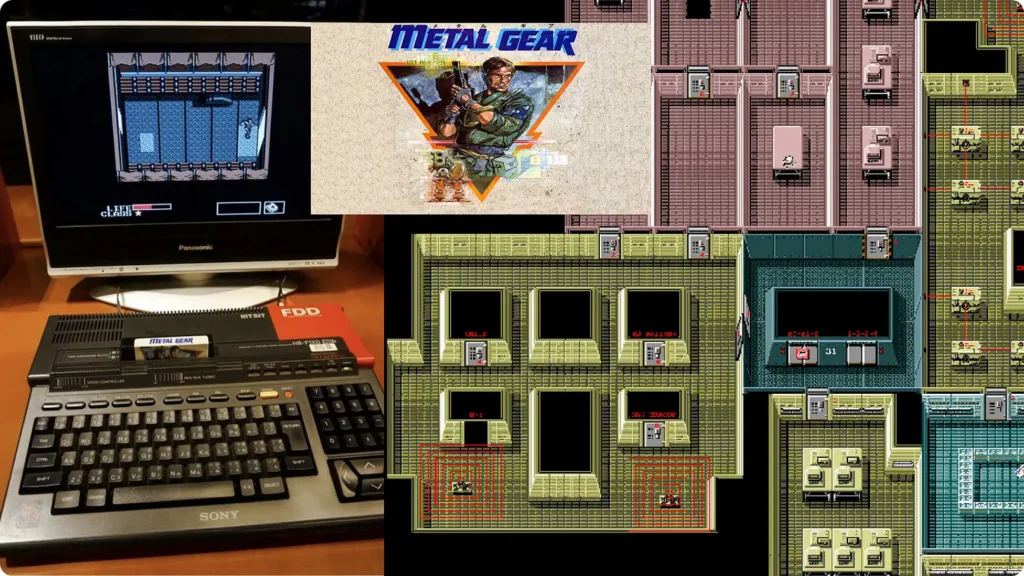
With never-seen experiences such as the overhead camera perception and stealth mechanics, the game was a big hit in Japan. For five months it was the Top 20 best-selling MSX. Two more Metal Gear games were created after the original. Snake’s Revenge was one produced without Kojima, and it was a disaster. It was the “Thor: The Dark World” of Metal Gear games. In 1998, 11 years later after shipping the original, Kojima, now directing his games, revolutionized the series with the release of Metal Gear Solid, a sequel to the stealth action game on the Sony Playstation.
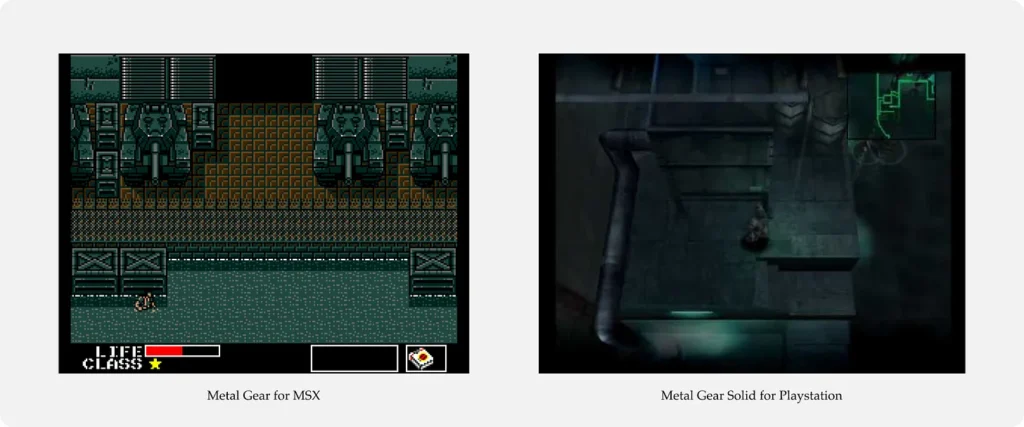
In his keynote talk a the Game Developer Conference (GDC) in 2009. Kojima talked about these constraints he faced and how it fostered innovation instead of impeding it. The talk, Making the Impossible Possible, covers his challenge with Metal Gear and how he sought tech constraints as opportunities.
“Simply put, Metal Gear was born out of hardware limitations, advancing together with hardware to reach new heights.”
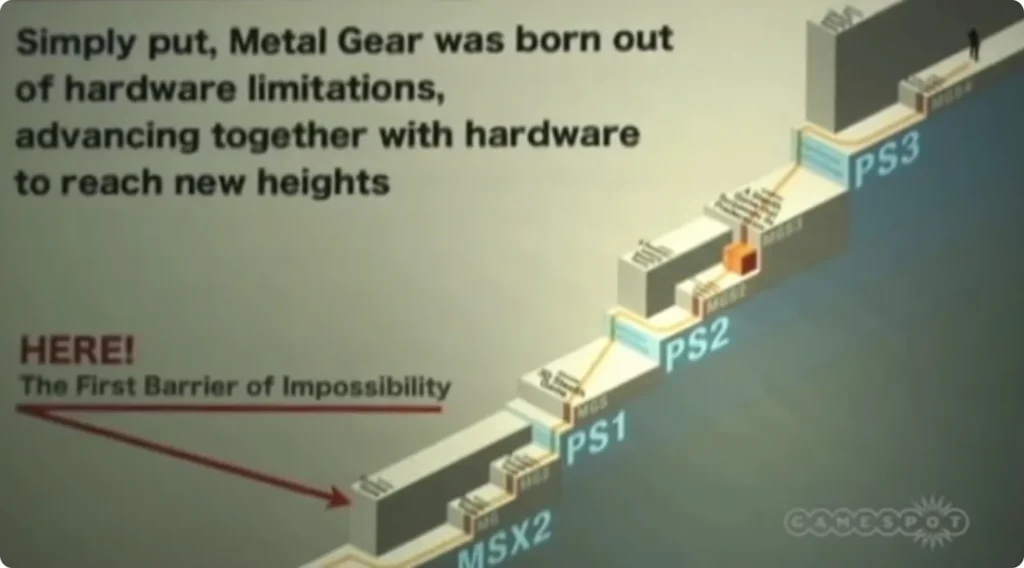
The story of Hideo Kojima is as much about video game development as is about creative innovation. Kojima is one of my greatest inspirations and I believe design is about creating solutions with current constraints and technology in order to push them forward.
Kojima is known as one of the greatest innovators in the gaming industry. If it wasn’t for the technological constraints of the MSX with Metal Gear, history could look differently. The full-blown action game Konami wanted to make would not have been well-received as the new high-tension stealth genre born from technological constraints. The iconic Solid Snake may never have existed.
We can look to the skies, waiting for perfect conditions and a rocket ship to take us there, or we can start building on the ground we stand to start climbing. By disregarding preconceived notions through design, we invent and innovate. Along the way we’ll get closer to our objective, discovering new perspectives along the way.
As the pure dreamers remain grounded, innovators find a way to make the impossible possible.
